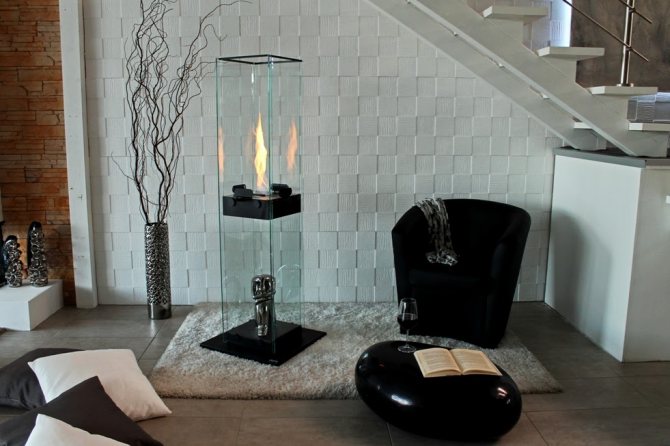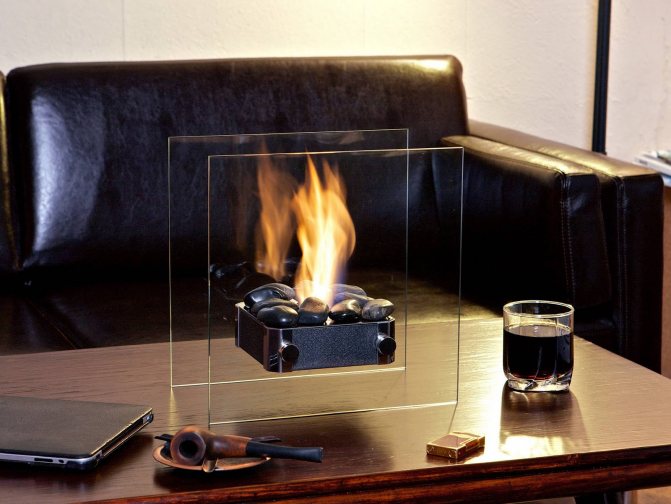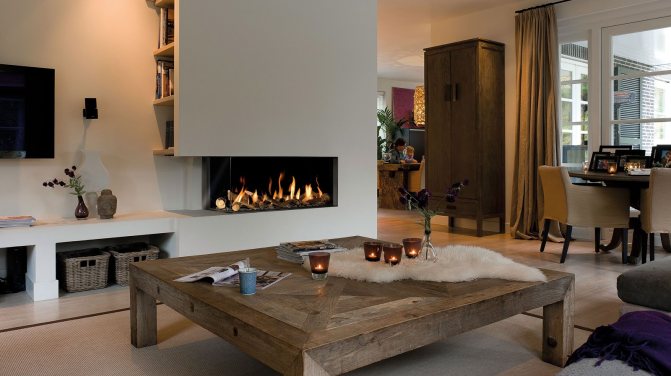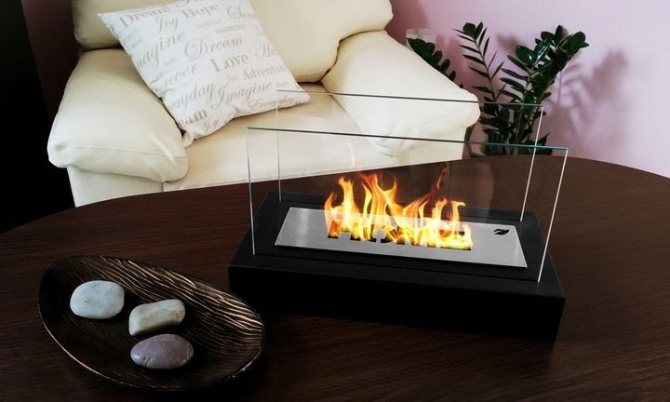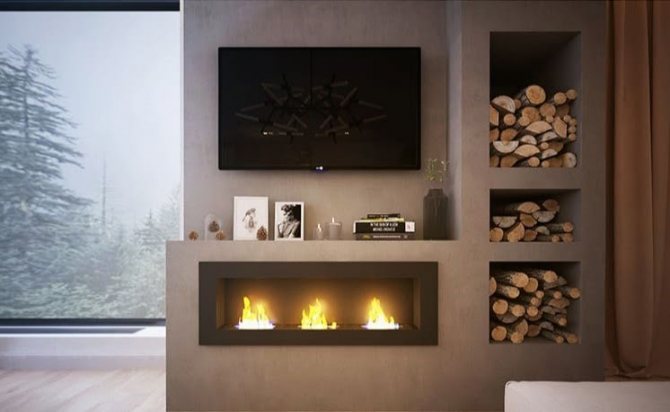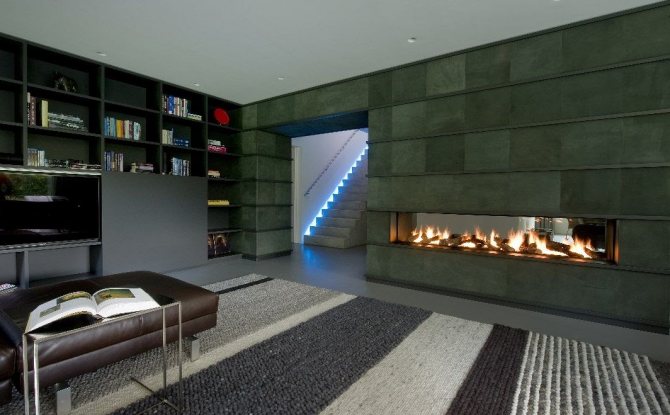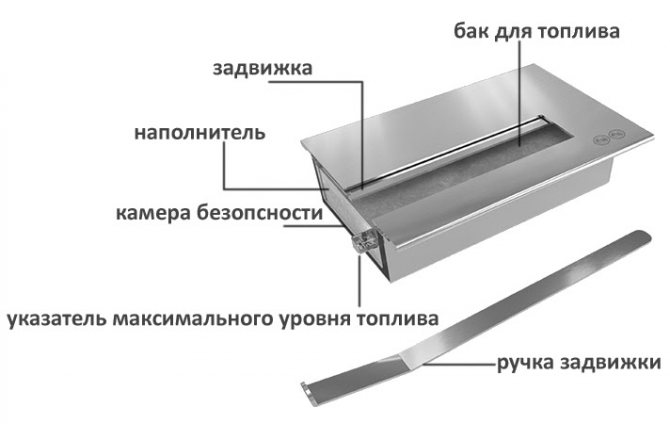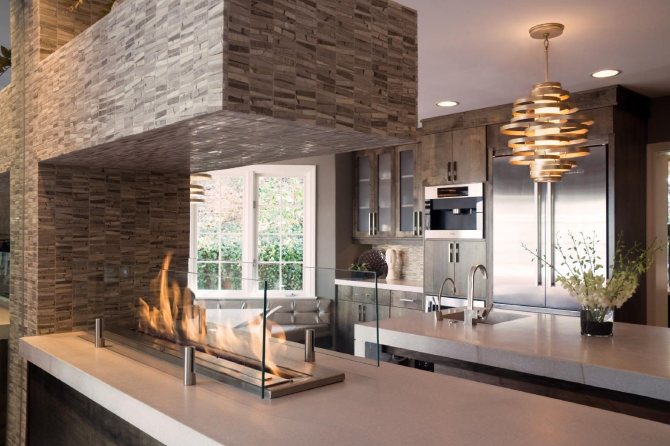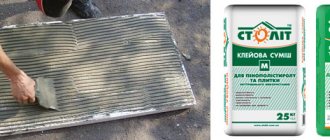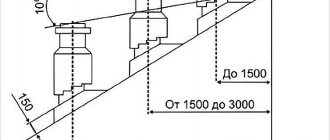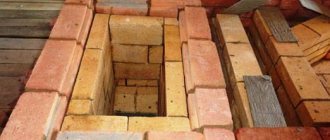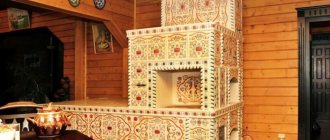What is biofuels?
Bioethanol is an environmentally friendly vegetable product that is produced on the basis of renewable agricultural products and is a completely renewable energy source. The combustion of biofuel does not emit smoke, smell or any harmful substances - it is completely safe for humans and the environment. Complete combustion takes place, no ash, soot and soot remain. Only water vapor and CO2 are released, as when breathing in humans.
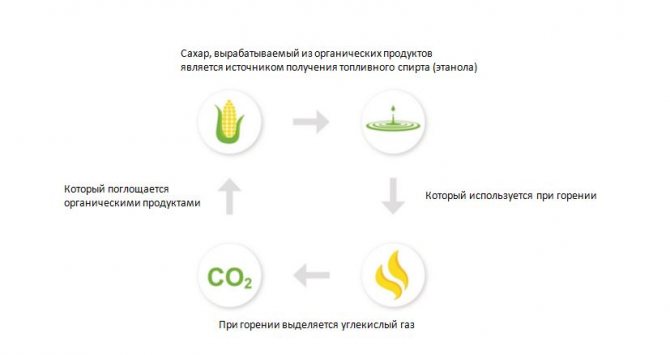
A bit of history
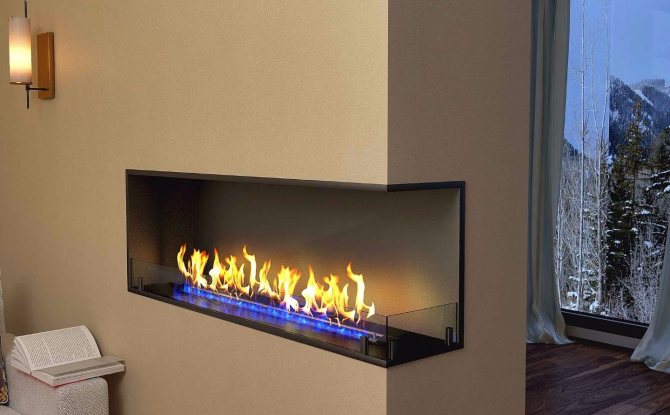

Fig. 4. Corner ecological fireplace in the style of minimalism
The first example of a biofireplace was created in 1977 by the Italian engineer Giuseppe Lucifora. The designer suggested using alcohol in fireplaces, which eliminated the supply of the chimney. The inventor's idea was well appreciated. It took several decades before conventional alcohol was replaced by biofuels.
Bio-fireplaces offered in stores run on liquid bioethanol or gel; models that run on helium are rarely found. It is worth clarifying right away that fuel vapors are burning in the eco-foci. This ensures complete combustion and a long runtime on a single fill.
Modern decorative biofuel fireplaces are designed with fire safety in mind. The experience of operating the equipment allowed us to identify and eliminate all possible risks. In advanced models, a sensor system is implemented that monitors the operating parameters and the position of the device.
Is it difficult to install a biofireplace?
The biofireplace assembly is simple and does not require any special skills. Since the biofireplace does not need a chimney, the installation does not require much effort and time. If you bought a freestanding model, you can freely move it around the room - choose the place you like, put the bio fireplace there, and you can already use it. If you have a wall model, installing it is comparable to hanging a mirror or shelf. The kit always includes the necessary fasteners, you do not have to buy anything yourself.
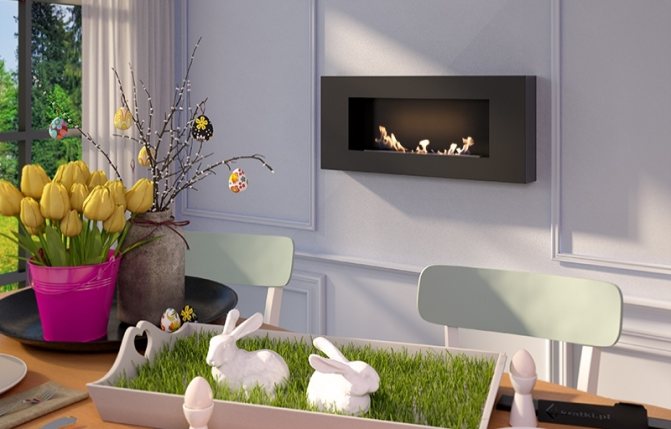

Classification of biofireplaces by installation method and location
The first models of biofuel fireplaces were seen as imitations of traditional wood-burning fireplaces. Now, the equipment has gained independence, and the developers have created numerous solutions that allow you to install an eco-fireplace in any room or on the street.
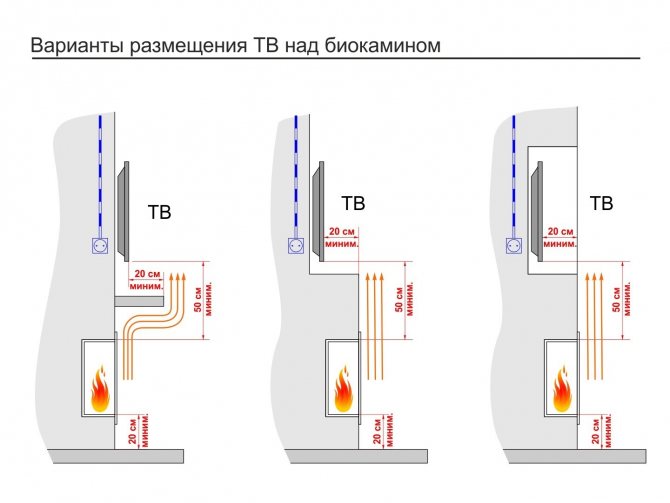

Fig. 12. Variants of placing TV over a bio fireplace
The following types of biofireplaces are popular among customers:
- desktop;
- wall;
- floor;
- built-in;
- suspension.
The presented types of equipment differ in the way of installation. Light weight and easy installation reduce site requirements to a minimum.
By location, biofireplaces are divided into the following groups:
- wall-mounted;
- angular;
- island freestanding;
- panoramic;
- end.
A practical approach to the decor of the room, combined with a range of proposals, allows you to choose a model that will complement the interior.
How to clean the bio fireplace fuel block?
Since the bio-fireplace burning bioethanol does not emit any substances other than carbon dioxide and water vapor, there is no need to clean anything after using it. If you want to update the burner over time, you can use any stainless steel cleaner, just make sure it's cool after use.
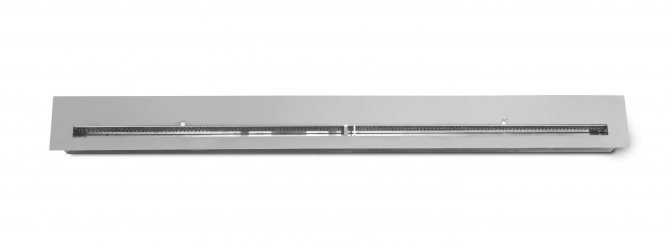

General overview of the device
A fireplace in the house is a desired dream of many people, but city dwellers hitherto could only dream of it.Everything changed when an ecological fireplace was created, which practically does not emit anything when burning, nevertheless, the fire in it is real. It is very strange, you might think, but in fact, eco fireplaces are quite simple devices, differing exclusively in size, shape and materials from which they are made.
The easiest way to understand the principle of operation of a biofireplace is by considering its constituent parts, which in each such device perform certain tasks. Typically, a biological fireplace consists of a burner, a fuel tank, a base, and a portal or fire screen. Biofireplace works thanks to special fuel.
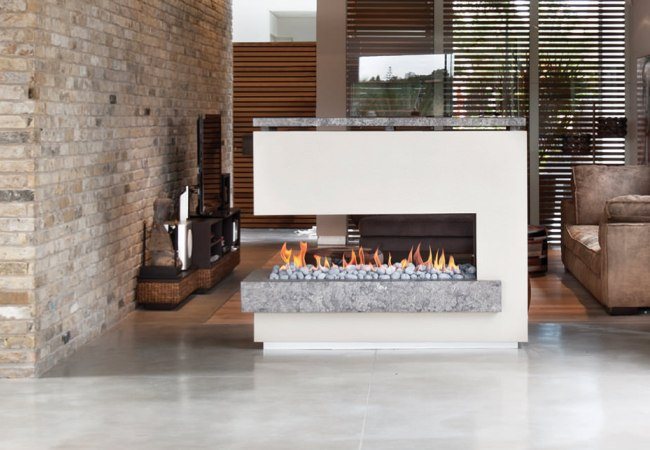

Interior featuring a bio fireplace
- The main element of an eco-fireplace is a burner, which is usually made of non-combustible materials: stone, metal, ceramics. To hide this element of the device, the burner is often lined with decorative elements similar to wood or coals, real stones, sand. All decorative parts are made of non-combustible materials. If you wish, you yourself can report suitable items to the portal. The burner burns biofuel.
- Vegetable alcohol and bioethanol are used as biofuels. Eco-friendly ethanol for the bio-fireplace is made from plant crops rich in sugar. I usually use beets, reeds, or plain wood. Thus, only natural components get into the composition of biofuels for biofireplaces, no chemicals are added. When burning, vegetable alcohol does not emit elements characteristic of firewood and coals: sparks, soot, soot, smoke. The combustion of fuel produces only a small fraction of carbon dioxide and water vapor. According to the level of emissions into the atmosphere of the room, experts compare the work of a biofireplace with a lit candle. That is why an exhaust hood and a chimney are not needed for the device, because it will not greatly spoil the air in the room. The consumption of biofuel for the operation of the biofireplace is small, and a special fuel tank is built into the system for its storage.
- The fuel tank can be open or closed, i.e. you can personally see the amount of liquid next to which the burner is burning, or bioethanol will be inside the device. In any case, it is necessary to refuel the device in the switched off and cooled state. The size of the fuel tank allows the device to work for several hours, radiating its bio-heat, and giving the opportunity to admire a real fire.
- The portal in which the fire is burning is usually made of tempered glass. Its main task is to ensure safety and unhindered access to fire. You will be able to observe live fire from anywhere in the room, while the surrounding objects will be protected from its pernicious effects. In many ways, the portal determines the appearance of the entire device, its dimensions. The power of the biofireplace can be different, but with any adjustment, the flame will not go beyond the protective screen.
- The final element of the biofireplace can be considered a frame on which all its elements are attached, as well as decorative structures. The frame provides the stability of the device on a flat surface, or firmly mount the system to the wall. Decorative structures are attached to the fireplace frame, which give the device a certain look. All these elements are made of refractory materials.
- Bio fireplace or electric fireplace can be equipped with additional functionality. For example, many systems provide sound design that allows you to even more believe in the presence of living fire. Many eco-fireplaces are equipped with various control sensors that monitor the performance of the device. Finally, remote controls allow you to start biofireplaces without assistance, it is even possible to turn on systems from phones, tablets.
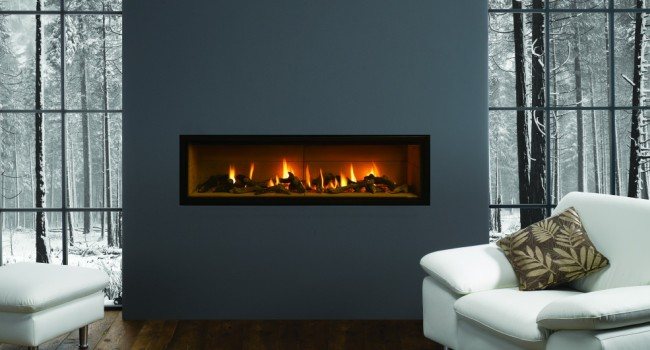

Contrasting interior in a large room of a private house
What is a bio fireplace, nothing more than an improved fireplace on ordinary wood, adapted for use in urban environments.
Good to know: Biofireplace in the interior of the living room and other rooms of the house, modern design
Today, the following main types of biofireplaces can be distinguished:
- Floor standing, installed on all flat surfaces and having large dimensions.
- Suspended, with special mounts for hanging the system on the wall.
- Recessed, installed in niches of walls or furniture.
- Desktop, small devices that allow you to have live fire on the table.
- Corner corners, specially designed for corner installation, can be either floor-standing or suspended.
How the biofireplace works is now clear, so let's consider the possibilities of installing it in an apartment or house.
What does a safe hearth consist of?
The models differ significantly in appearance, but the structure of any fireplace is similar. Almost every design has:
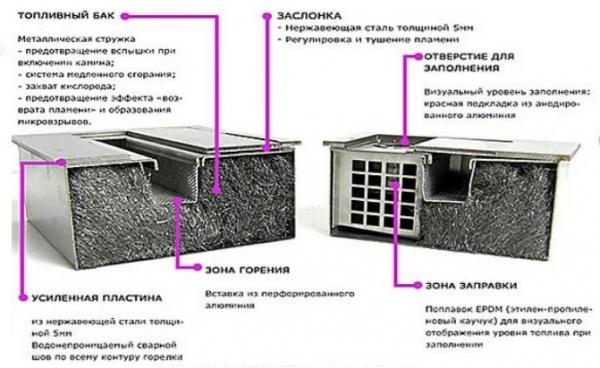

- Fuel block. It can be called the “heart” of the device. This tank is filled with fuel, usually bioethanol. Inside the container there is a porous filler, or metal shavings that do not emit "harmful".
- Control block. This is a panel that has mechanical or touch keys. Expensive fireplaces can be controlled by voice, telephone (or PC) with the installed application (software). Integration of the device into the “smart home” system is possible.
- Housing. It is made from granite, ceramics, marble, steel, refractory glass or other materials that are not afraid of fire. In some models, the case contains not one, but several portals.
- Decorative items - logs, coal, stones or sand. They help in the even distribution of heat.
- Protective structures - observation glasses, grilles, a layer of heat-insulating material, etc.
- Burner for maintaining the flame. The best material for it is heat-resistant stainless steel.
Since these devices are constantly being improved, becoming more comfortable, their popularity among the population is only growing.
Popular brands and manufacturers
Biofuels are produced in many countries around the world. Production is established in Spain, Germany, France, Italy, North and South America. They also produce fuel on the African continent. India and China account for about 5%. Brazil is in the lead. Also, several factories are open in Russia. All of these countries have enough plant materials to make ethanol. Fuels for biofireplaces from the following brands are on sale:
- Kratki BioDECO - Polish fuel produced in 1 liter bottles, which lasts up to 5 hours of burning;
- InterFlame - country of origin Russia, volume 1 liter, working time 2-5 hours;
- BioKer - Russian biofuel is sold in an economical container of 5 liters, which will last up to 20 hours of burning at an average consumption of 0.3 liters / hour;
- Planika Fanola - manufacturer Germany, available in bottles from 1 to 5 liters. Fuel consumption per hour is 2-6 hours, depending on the intensity of combustion. Thermal power about 3 kW;
- Vegeflame - the fuel is produced in France. A canister of 5 liters lasts from 15 to 20 hours from a consumption of 0.3 liters / hour;
- Bionlov is a Swiss biofuel for fireplaces without synthetic additives. A volume of 1 liter is enough for continuous burning up to 5 hours;
- Bioteplo Slimfire - Italian quality biofuel allows you to provide a fireplace with fire for up to 5 hours. Material consumption is 0.36 l / h.
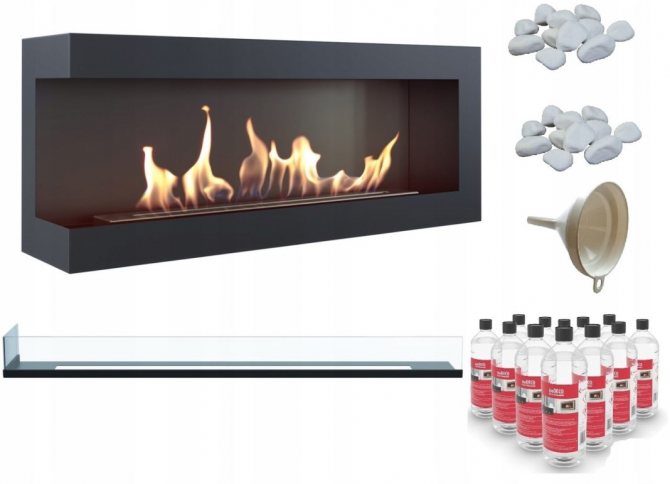

Fuel for biofireplace Kratki BioDECO
As you can see, there are plenty to choose from. The cost of fuel depends on the brand, the volume of the container, the presence of impurities and fragrances. Some aromatic oils are quite expensive, although their amount is extremely small. On average, for 1 liter of raw materials, you will have to pay from 300 to 700 rubles.
Advantages and disadvantages of devices
The biggest plus is the absence of traditional firewood, which means that there is no extractor hood needed to evacuate dangerous smoke and soot.However, the list of "virtues" of these eco-friendly designs does not end there. In him:
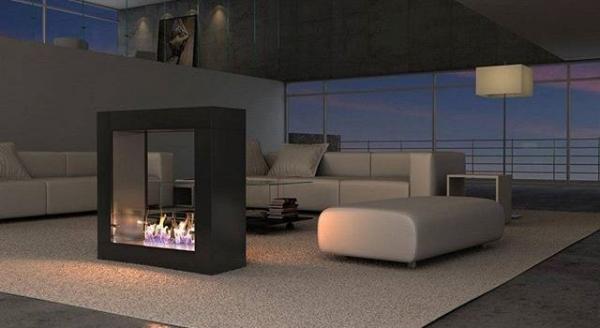

- Almost complete safety. Biofireplaces have a high degree of safety, since the very design of the fuel blocks does not allow overheating, leakage, pops, explosions.
- Mobility. Installation of devices is possible both during the repair and after it. Some models can be carried from room to room.
- Easy to install, operate. There are rules related to the operation of biofireplaces, but the instruction does not imply any particular difficulties.
- Heating of premises. In this case, the power of the device depends to a large extent on its size. Average figures are 2-7 kW, efficiency is 95%.
- Ease of maintenance. All external surfaces are simply wiped with a damp cloth. For glass elements, a special liquid is required.
- The ability to independently regulate the intensity of combustion.
- Fuel savings due to the combustion of vapors (approximately 1.5-2 times).
- Quite a wide range of models of eco-friendly fireplaces.
- Air humidification due to emitted water vapor.
Lack of communication is another advantage of these devices. If the fireplace has alcohol burners that are manually ignited, then there is no need to connect it to the mains. Automatic models require an outlet to an outlet.
There were some drawbacks here, too. Eco-friendly appliances have several disadvantages. A small list includes:
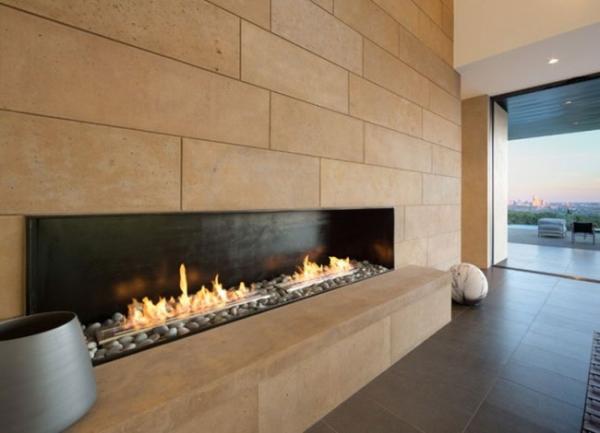

Remember that powerful equipment needs a large room. And high-quality ventilation - for a small room. Otherwise, the accumulated carbon dioxide will affect the well-being of the residents. The first symptoms are fatigue, lethargy for no reason, headache.
Requirements for the installation and operation of equipment
The place for the bio fireplace determines the type and shape of the selected model. Even the owners themselves can install such a device. However, the minimum requirements for its location still exist, since the biofireplace works with a flame, therefore it emits heat.
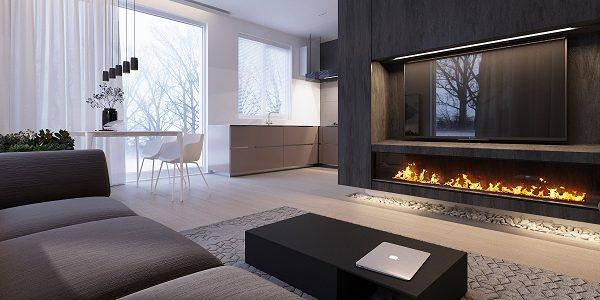

- The room must be well ventilated and drafts must be avoided.
- The most powerful appliances require spacious rooms. Such devices are not recommended to be installed in rooms with an area less than 25 m2.
- If the owners plan to buy a model with a high thermal power, but problems arise with regular airing of the room, then the arrangement of high-quality supply and exhaust ventilation is no longer an advice, but a requirement.
- Fire left unattended by adult household members is always a threat, especially for young children and furry (or naked) curious four-legged "explorers". Sleeping with a working fireplace is also not recommended.
- The container with fuel must always be tightly closed. Fuel is stored far from the fireplace, and refueling equipment requires turning off and completely cooling the device case.
- Replacing bioethanol with other liquids (gasoline or kerosene) is prohibited.
- When lighting the fireplace, use special long lighters.
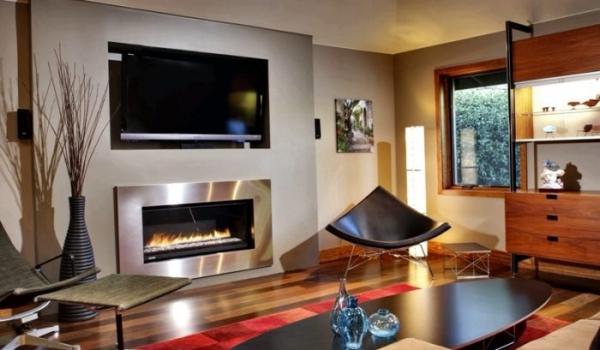

Biofireplaces are allowed to be installed under or above TVs, however, the distance from the line of fire to the TV set must be at least 1 meter. The distance should be similar to other electrical devices, to any flammable objects.


